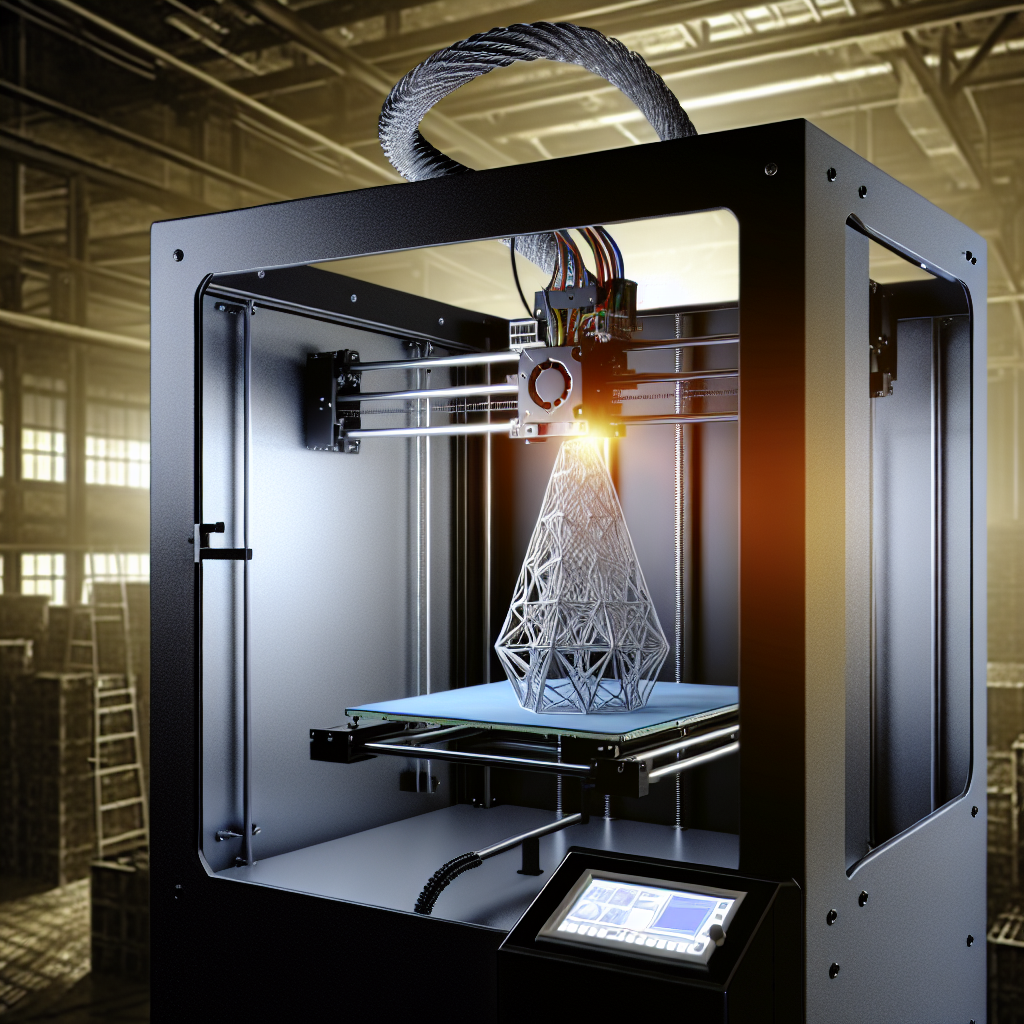
No, rapid prototyping is different compared to 3D printing. Although the words are used interchangeably, technically speaking, they are different. Rapid prototyping is the general term used in quickly developing a prototype with computer-aided software. 3D printing, on the other hand, is the process of constructing 3D models from a CAD model, regardless if they are prototypes or not. This means that 3D printing is merely one of the many processes and methods used for rapid prototyping.
One of the key differences between rapid prototyping and 3D printing lies in the process and technology used. Rapid prototyping typically involves layer-by-layer construction using specialized equipment, while 3D printing encompasses a broader range of additive manufacturing techniques.
Furthermore, the materials used in each method vary significantly. Rapid prototyping often utilizes a more limited selection of materials, such as resins and polymers, while 3D printing offers a diverse array of options including metals, ceramics, and even food-grade materials.
When it comes to accuracy and precision, rapid prototyping generally excels in producing high-quality prototypes with intricate details, while 3D printing may offer faster turnaround times but with slightly lower resolution.
Factors influencing cost in rapid prototyping include material selection, equipment maintenance, and labor costs.
Understanding the cost efficiency of rapid prototyping requires careful consideration of these expenses and how they impact the overall budget for prototyping projects.
On the other hand, 3D printing costs are influenced by factors such as machine size, material consumption, and post-processing requirements. By comparing the costs of rapid prototyping and 3D printing, companies can make informed decisions on which method aligns best with their budget and project requirements.
The surface finish and resolution of prototypes produced through rapid prototyping are typically superior to those created through 3D printing. This higher quality can be attributed to the layer-by-layer construction process and the use of specialized equipment in rapid prototyping.
In terms of mechanical properties, rapid prototyping prototypes may exhibit stronger and more durable characteristics compared to 3D printed counterparts. These differences in quality can have a significant impact on the performance and functionality of prototypes in real-world applications.
Rapid prototyping offers quick turnaround times, making it ideal for rapid iterations and design validation. The speed of rapid prototyping is crucial in accelerating product development processes and meeting tight deadlines in various industries.
Although 3D printing can also produce prototypes rapidly, the speed considerations differ depending on the specific printing method used. Factors such as layer height, print speed, and post-processing requirements can affect the overall speed of 3D printing projects.